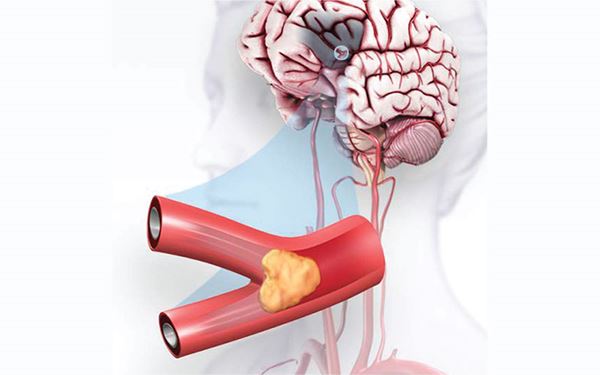Stroke Signs & Symptoms
- Numbness or weakness of one side or limb, or side of the face
- Difficulty speaking or understanding
- Difficulty seeing, or double vision
- Dizziness, poor coordination
- Difficulty with walking and balance
- Confusion or lethargy
- Severe headache, without history of similar headaches
TYPES OF STROKES
Ischemic Stroke is when a blood clot, likely a fatty deposit, is lodged in a blood vessel. The blood vessels supply blood to the brain. This kind of stroke is responsible for 87% of all strokes.

Hemorrhagic Stroke occurs when a blood vessel ruptures. A blood vessel bursts when the vessel is weakened by high blood pressure and aneurysm. This type of stroke is responsible for 13% of strokes.
Transient Ischemic Attack or “Mini-Stroke” is not obvious like Ischemic or Hemorrhagic stroke. The stroke is caused by clots that the natural anticoagulants in the body break down. This stroke could be easily ignored, as it does not last long. However, this may be a sign of a major stroke to come.

Cryptogenic Stroke or stroke of “unknown cause”. It is recommended that, if you have this type of stroke, that you have a collaboration with all your doctors to figure out a treatment to prevent reoccurring strokes.

Brain Stem Stroke can cause issues in the central nervous system such as consciousness, breathing, and blood pressure. People who suffer from vertigo may have dizziness and be severely imbalanced. If the vertigo symptoms are there, accompanied by double and slurred speech, that may be a sign of a stroke.

